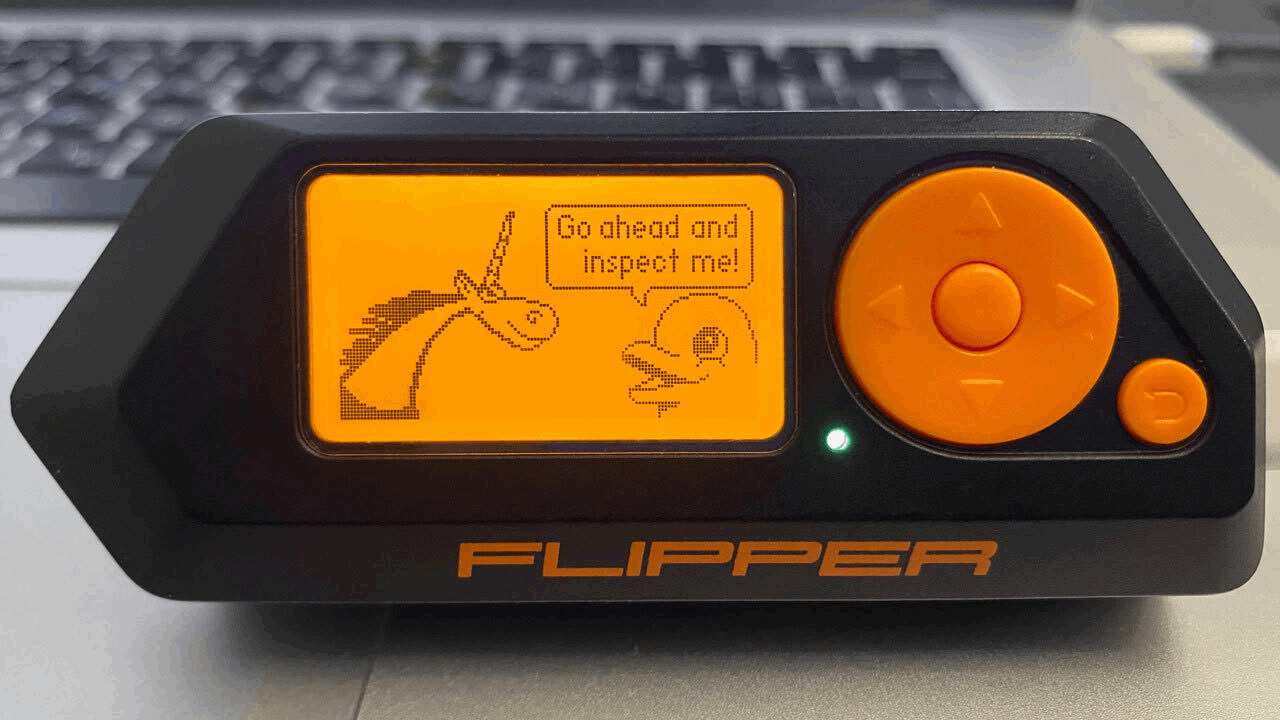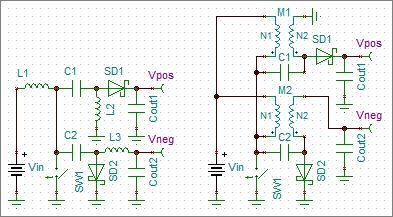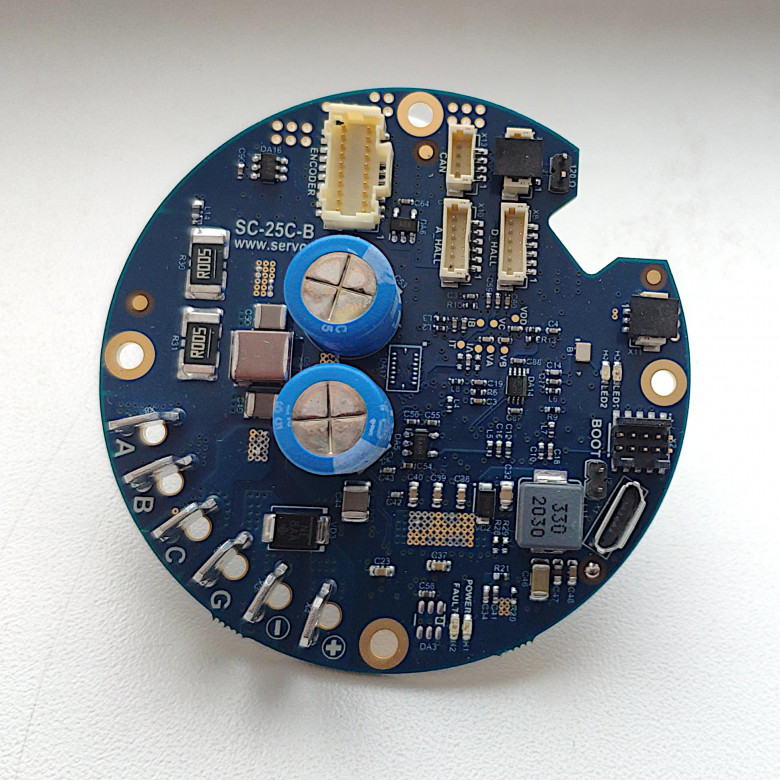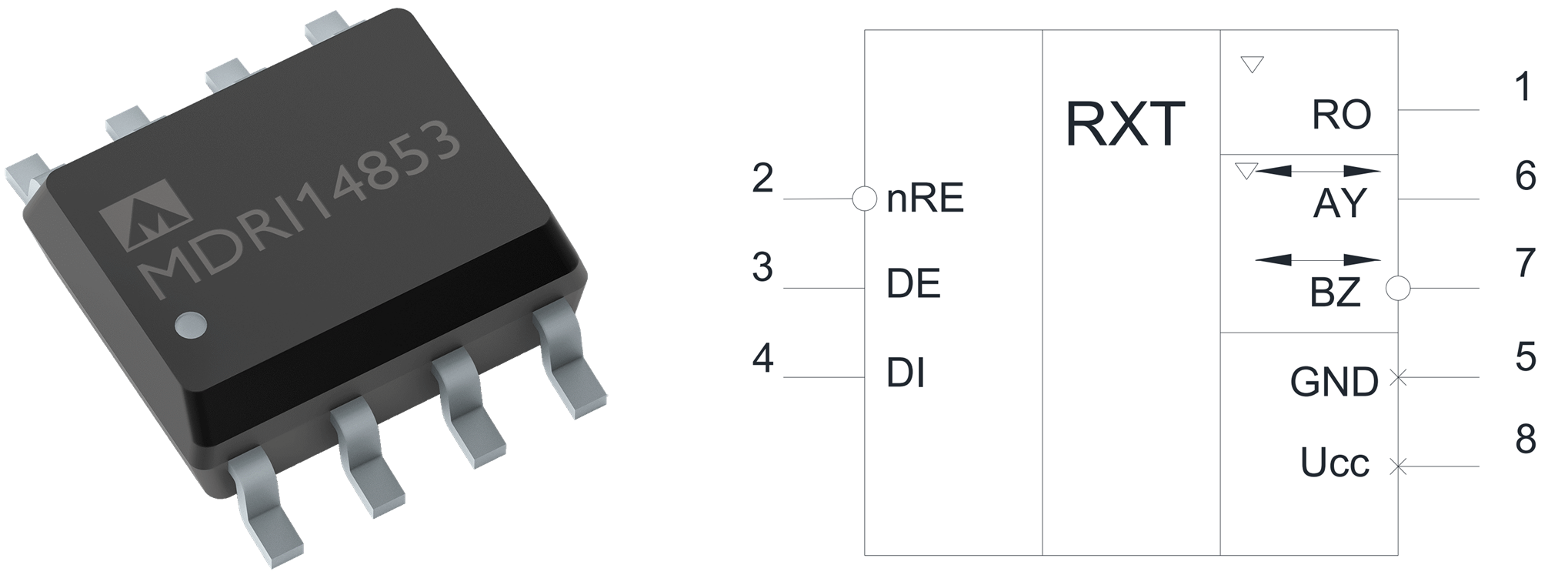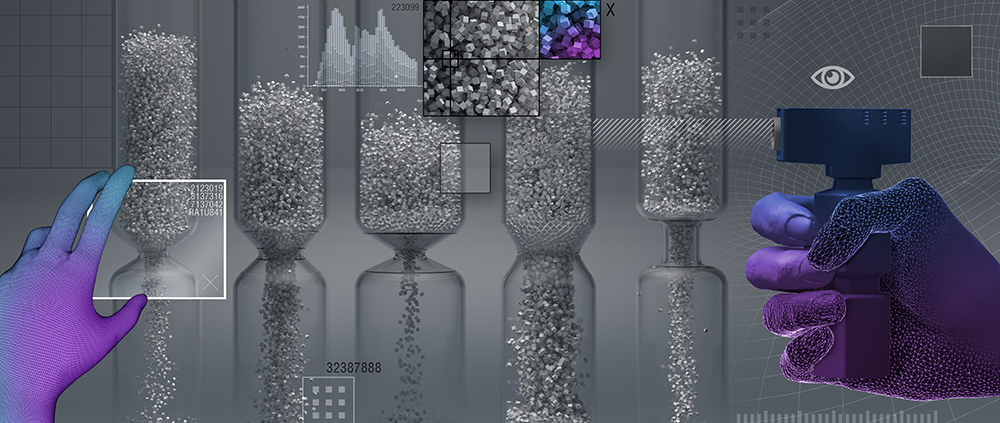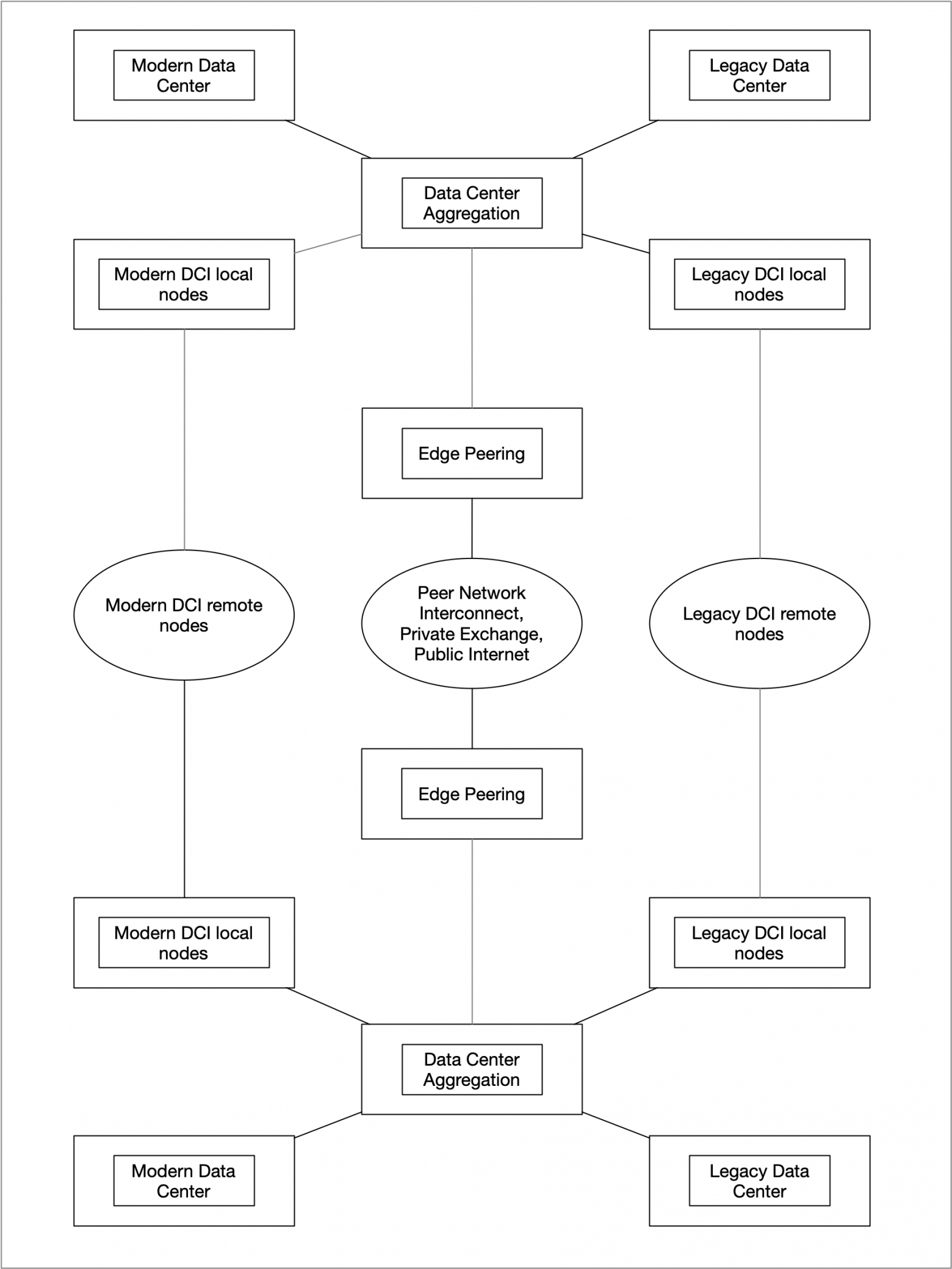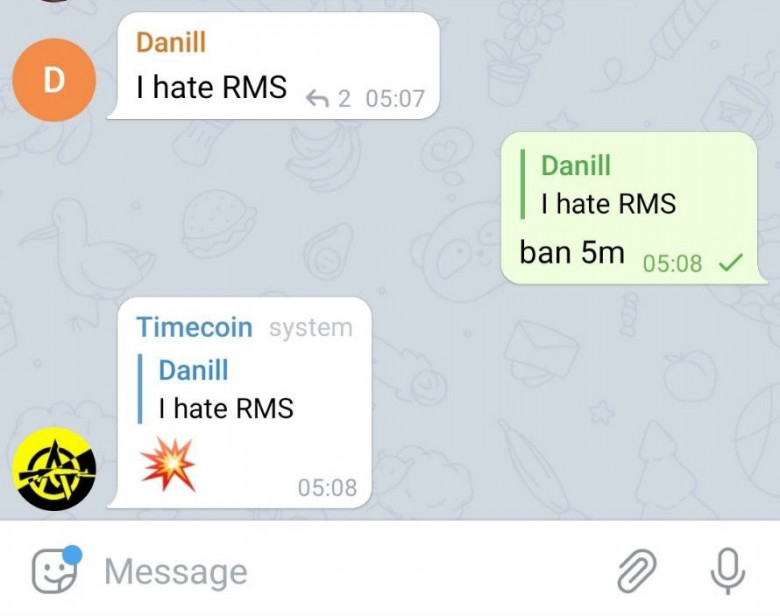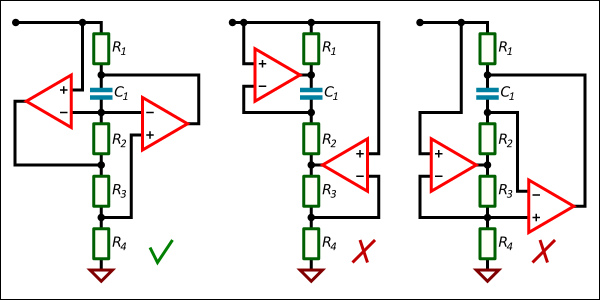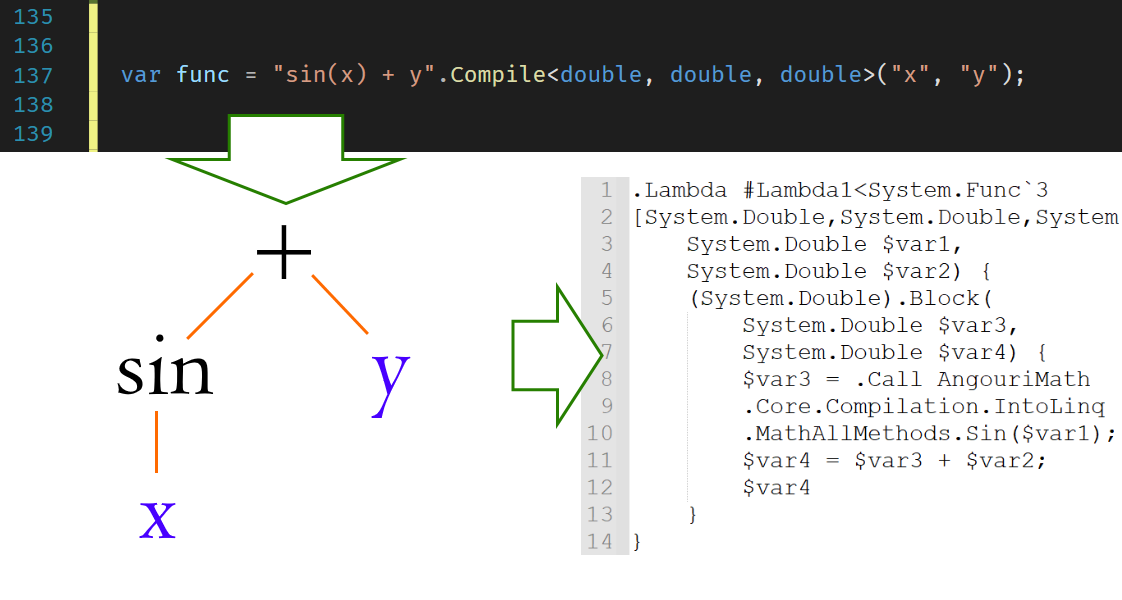Introduction
It was 1989 when 2 editors of Inc. magazine, George Gendron and Bo Burlingham made the nervous drive to Palo Alto, California. Not long beforehand they’d decided on who to name as Inc.’s Entrepreneur of the Decade, and finally, they would get a chance to interview him.
As they entered the offices of NeXT, their interviewee approached them. In his trademark jeans and turtleneck sweater, Steve Jobs led them up the stairs to his office and the interview commenced.
Securing an interview with Steve Jobs was rare, even in 1989. And, wanting to make the most of their time, the editors got straight to the point with their very first question:
“Where do great products come from?”
After a slight pause, and a shuffle in his chair, Jobs replied:
“I think really great products come from melding two points of view; the technology point of view and the customer point of view. You need both. You can't just ask customers what they want and then try to give that to them. By the time you get it built, they'll want something new.”
Silence overshadowed the room. Three decades later, and this powerful answer Jobs gave is something that still isn’t often internalized in companies.
Collecting user feedback is incredibly important. As you’ll see examples of later in this article, launching surveys, asking onboarding questions, and conducting customer interviews are all vital tools for improving your product.
But the true lesson that Steve Jobs gave all this time ago was that user feedback isn’t as simple as asking what users want, or what they think about your product, and making those changes. You have to dive much deeper.
